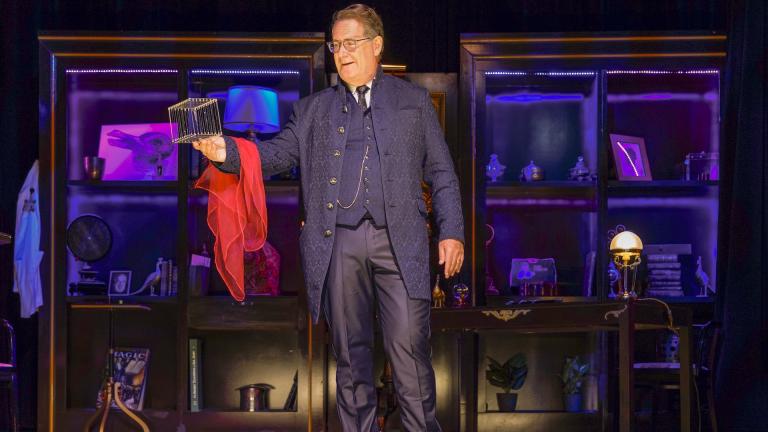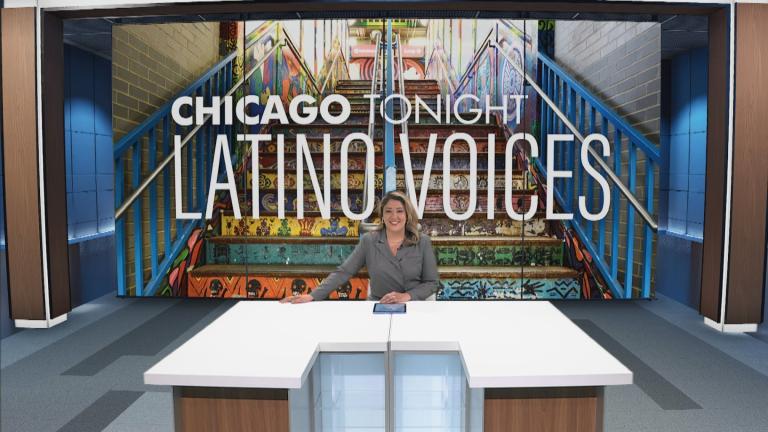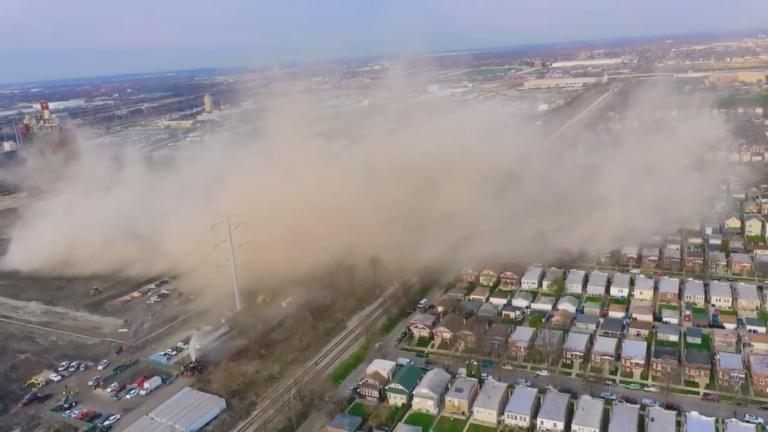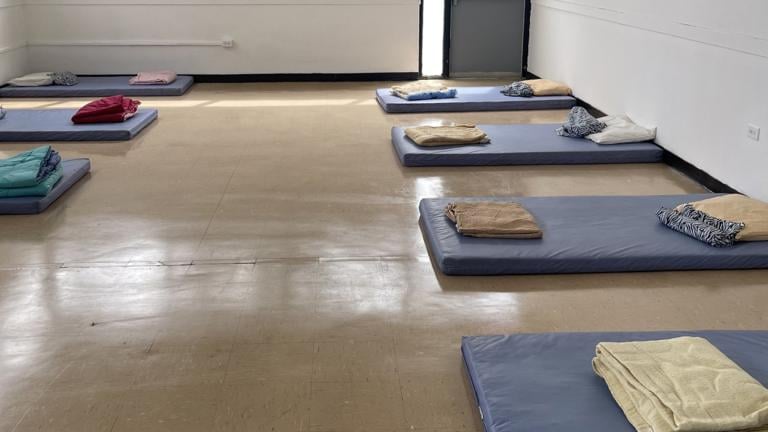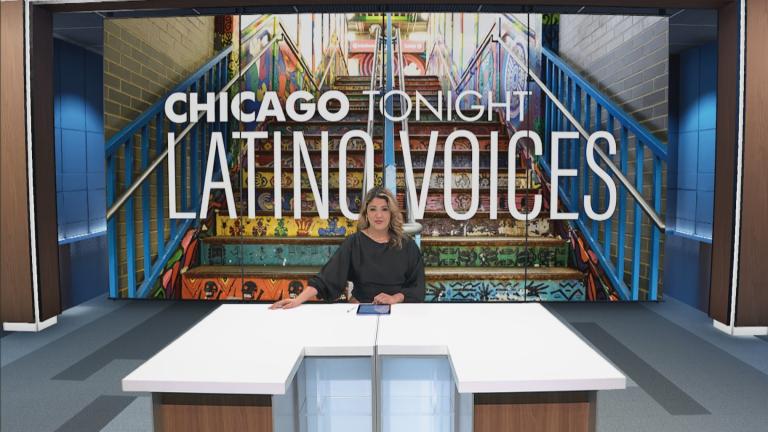This week, Mayor Brandon Johnson announced he named 31-year Chicago Police Department veteran Larry Snelling to lead the city’s police force pending confirmation by City Council. Snelling faces a delicate balancing act — addressing the crime and violence that have plagued Chicago while also changing the way the department trains and disciplines its officers.
Retired CPD sergeant Andres Zayas crossed paths with Snelling while they were at the police academy.
“He started in ’92, … I started in ‘94, … and from my impression, great guy, very approachable and was well versed and well knowledge in his chosen profession,” Zayas said. “I left the department little over a year and a half ago. But I still have connections there and I have (heard) nothing negative about him. So I hope that everything works out great, and I think they made a great decision. One thing the mayor had said was he wants the right people in the right positions, and that’s a great start.”
Jennifer Ramirez’s brother Chrys Carvajal was shot and killed outside his home in Belmont Cragin in 2021. She said she and her family found the police to be responsive and respectful in an incredibly difficult time.
“My family and I were always very grateful for the dedication and hard work from the detectives,” Jennifer Ramirez said. “… They did excellent work. They prepared all the evidence. They worked day and night to prepare and bring forward all the evidence, witnesses that we had in our case, they presented it to the state attorneys in our case. The problem is not the police; it’s the state’s attorney, the politics, people. We have leaders in hand that aren’t doing what they should be doing. We have leaders that we need to change because if we want to see a change in our communities, it starts from there. What’s the point of having these hard-working leaders in our community, the police officers, the detectives that face these crimes day by day, if we have politicians that aren’t respecting their hard work and dedication?”
Pilsen activist and artist William Guerrero said while police leadership does make a difference in how the police operate, he looks to community residents to make the biggest strides toward creating safer neighborhoods.
“Police do play a role in public safety, and I think that community members also play a role in public safety, right?” Guerrero said. “I believe that collaboration amongst each other can actually lead us to have a safer neighborhood. With all the politics or if everything going back and forth, the constant argument, I don’t think that’s going take us anywhere. I think the first step, is collaboration … between the politicians and community leaders. What we have right now, we have to work with the puzzles that we have and fit them in correctly. And so we need every single resource possible to make sure that our kids are safe, our families are safe, that everyone is safe.”
Guerrero said one way he can see Snelling improving safety in the short term is through better handling of mental health crises.
“Pass the trauma ordinance, making sure that we have mental health professionals answering those mental health calls,” Guerrero said. “I do believe that certain things that police wear can trigger someone that is having a mental health issue. I think that having a mental health professional there instead of someone that is wearing a badge and a gun can be way better.”
Back of the Yards Neighborhood Council corridor manager Michelle Ramirez said she was glad to hear Snelling is a native Chicagoan.
“He’s from Englewood, he went to Chicago Public Schools,” Michelle Ramirez said. “So he really understands kind of the make and fabric of a Chicagoan, and what it’s like to live in an inner city and to be faced with many challenges.”
Michelle Ramirez also would like to see collaboration and communication as the keys to improving safety.
“There are great officers in our community,” she said. “Currently, community engagement for us would be, police officers being present, making themselves available to get to know the community residents, the stakeholders, and continuing that partnership. It’s a two-way street. We all have to work together to create a safer city, a safer community. We all have the same goal. We all want to feel safe, right? And what better way than to engage the community residents, folks that already live in the community, different stakeholders, community organizations, all of us. If we were able to come together, create a committee of some sort in addition to CAPS, I think it’d be great.”
Zayas said he is optimistic that Snelling will help police better their image among Chicago’s communities.
“I hope and pray that there’s this new surge of interest of leadership, of working with the community,” Zayas said. “I’ve often said that the fundamentals of policing is that the people are the police and the police are the people. I think what most people don’t see, as … (Jennifer Ramirez) said so eloquently, the detectives, the supervisors, the officers who spend day and night trying to put this matter to rest and arrest the perpetrators of this horrific crime … we want to be a part of that process to make our city safe.”
Jennifer Ramirez said for public safety to improve, she believes communities have to be willing to work with police.
“We’re just one of so many families that have been hurt, that have lost a loved one,” she said, “and it’s been very, very difficult to be part of such a group, a community. I would expect people to step up, to actually be the change, to not be afraid. I would expect for our community to not be afraid of the policemen that are out here protecting our communities, speak up. If you see something being done wrong, don’t be afraid to speak up.”
“There’s a bunch of us in the community who are being affected by all these crimes, and nobody is doing anything about it, where it kind of feels like you’re being selected, (they) pick and choose what crimes we are going to fight for, what lives we are going to save,” she continued. “When are we going to see a change? When are these crimes going to stop? When are the guns going to be put down?”

